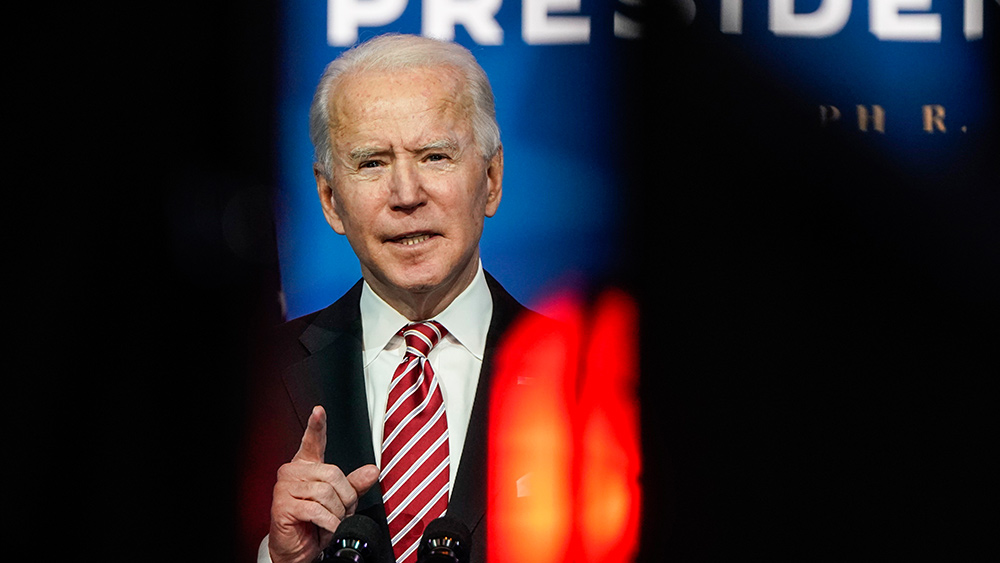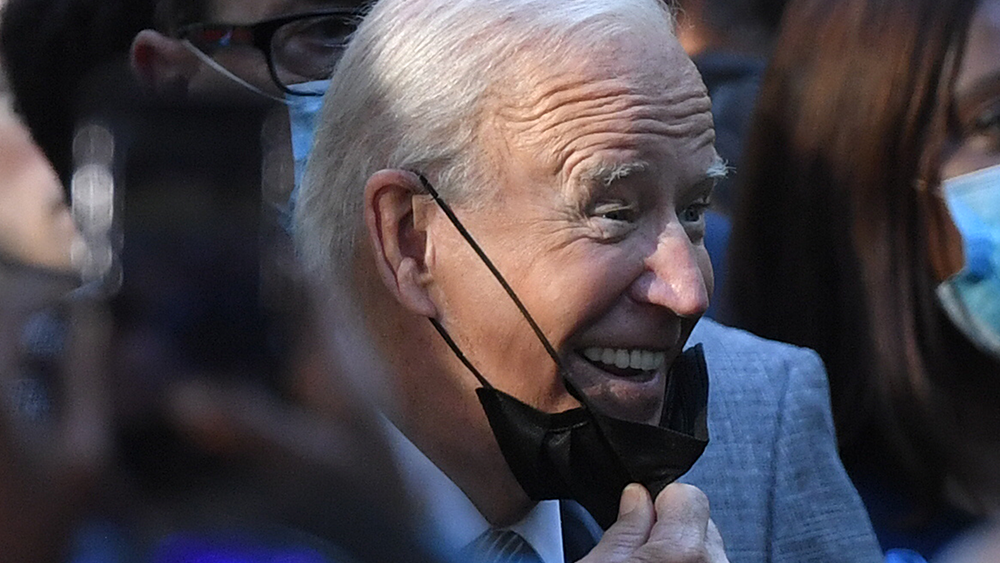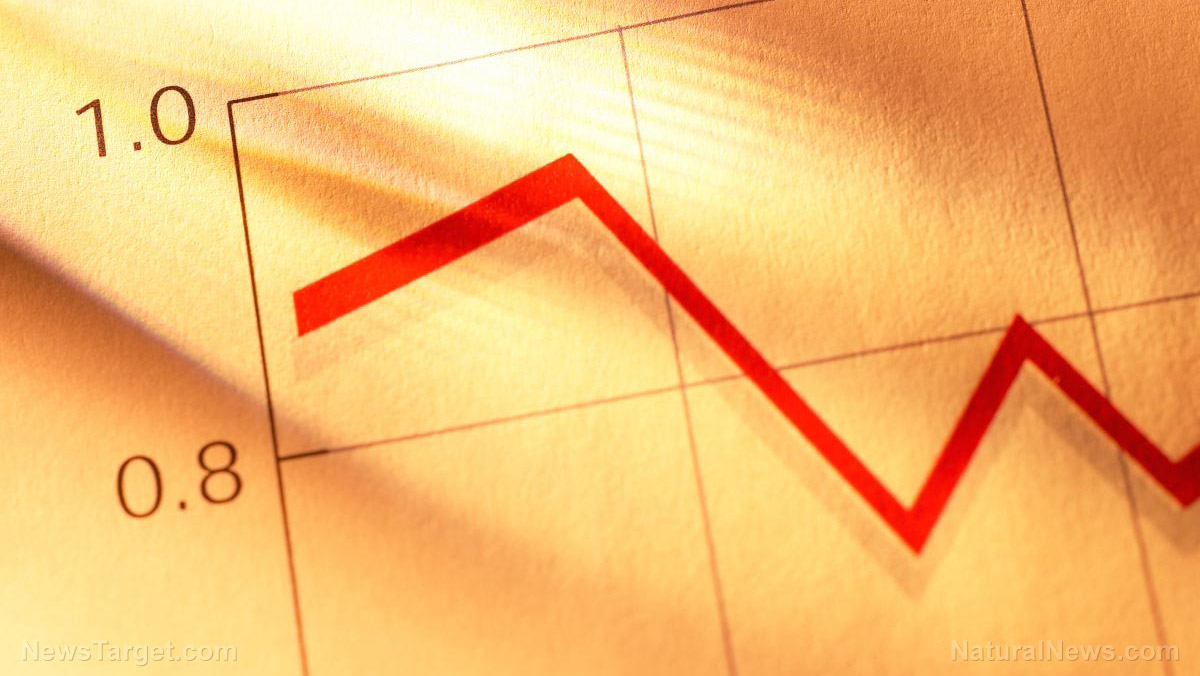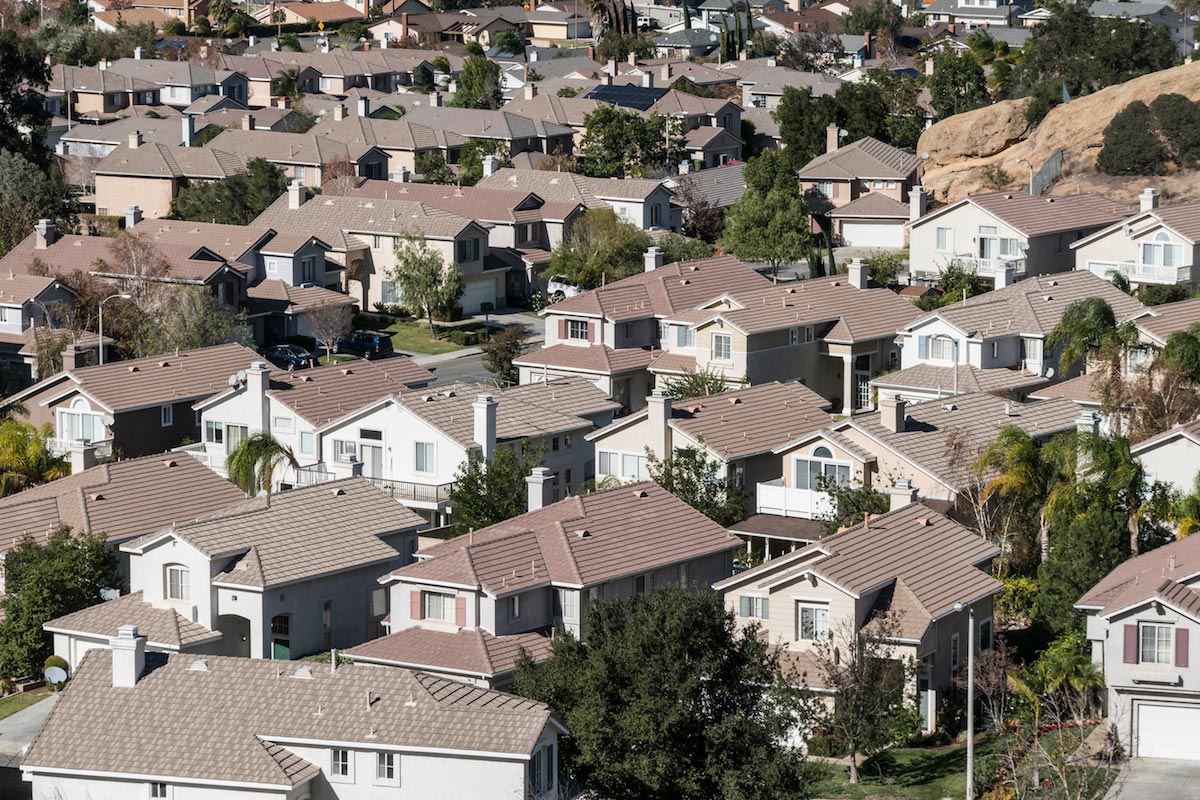Soaring transportation costs inflating global food prices
11/03/2021 / By Zoey Sky

Americans are still struggling to recover from the economic effects of the Wuhan coronavirus (COVID-19) pandemic because of the supply chain crisis. And it seems that things won’t improve anytime soon as soaring transportation costs continue to drive food prices higher.
Experts are worried about the potential for a knock-on effect of rising fuel prices as oil and gas prices continue to rise to all-time high levels. The increase in fuel prices is leaving companies struggling to maintain costs, with consumers once again in danger of having to bear price increases across various products.
Petrol prices have increased steadily in 2021 and oil makes a comeback this year after a challenging year due to pandemic restrictions and low demand. At the same time, the Organization of the Petroleum Exporting Countries Plus (OPEC+) curbed its production, restricting oil output throughout various member states for the first half of 2021.
OPEC+ raised its output targets by 400,000 barrels per day (bpd) in September and it agreed to raise them by 400,000 bpd more for October and in November.
According to the International Energy Agency’s (IEA) monthly report, OPEC+ spare capacity could fall to below 4 million bpd in the fourth quarter of 2022, compared to 9 million bpd in the first quarter of 2021. OPEC+ is slated to meet on Nov. 4 to set policy for December.
Even though production levels are slowly rising, some countries are struggling to meet new OPEC targets as they revive their oil and gas industries, driving the global shortage.
The price of gasoline has also doubled within the last 20 years from $0.60 a liter in 2001 to $1.20 a liter in 2021. The increase in demand this year – as economies start reopening after more than a year of closures and restrictions – has worsened the supply shortage across the globe, with prices nearing an all-time high. (Related: Small businesses suffering due to supply chain crisis.)
Fuel prices and other factors linked to increase in food prices
Because of rising fuel prices, the cost of food and beverage has also increased. Average food prices are hitting a decade high and costing around one-third more this September compared to last year.
Other factors have contributed to the rising food prices.
For the last two years, harvests dwindled because of hot weather and coronavirus restrictions. Food prices also increased because of an increase in global demand, a colder 2020 winter and hotter 2021 summer and disruptions in the supply chain.
Experts warn that if transport and farming costs continue to rise, the cost of various food products will continue to skyrocket.
Kavita Chacko, a senior economist at CARE Ratings in India, said that high fuel prices affect overall price levels and pose as a “downside risk to the recovery in mobility and the economy in general.” The increase in transportation costs has been influencing costs across segments, which may be a dampener for consumer spending, added Chacko.
Because of globalization, food doesn’t just come from local farms. Instead, the bulk of food is often shipped across the globe, which takes more time and money. With the rising price of fertilizers adding to agricultural costs, the food supply chain is struggling to maintain stable prices that won’t burden consumers.
Consumers have more to worry when it comes to the knock-on effect of high oil prices.
All industries that use oil for fertilizers, fuels, petrochemicals or other related products are expected to struggle in the coming months. This means that consumers will also have to prepare for an increase in the cost of various household products and basic expenses.
Tom Kloza, global head of energy analysis at Oil Price Information Service (OPIS), warned that “every nook and cranny of the economy” may be affected by an increase in fuel prices, especially supplies that move cross-country by truck or by train. Meaning, anything that use freight transportation and industries that use fuel or petrochemicals will struggle amid the ongoing hike in oil prices.
Consumers will suffer not just because of food prices but also because of the increase in fuel costs. However, the ones that will suffer the most are those living in developing economies still struggling to recover from the significant overall impact of the coronavirus pandemic.
Due to an uneven economic recovery caused by pandemic restrictions enforced throughout many low-income countries, governments might need to provide economic stimuli to the poorest populations and impose price caps on fuel.
Things seem bleak for many and it looks like the situation will continue to get worse before it gets better. Workers in agriculture and other industries are already affected, but the price increase will eventually be passed on to consumers.
Follow MarketCrash.news for more news related to the supply chain crisis.
Sources include:
Tagged Under: Bubble, Collapse, economic crisis, economy, food collapse, food prices, food supply, fuel, fuel prices, gas, market crash, oil, products, risk, shortages, supply chain, supply chain crisis, transportation costs
RECENT NEWS & ARTICLES
COPYRIGHT © 2017 RISK NEWS

















